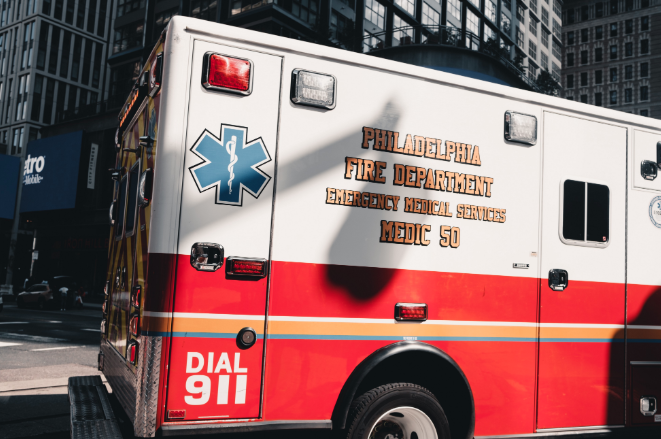Emergency room logistics: rapid response can save you from a fatal heart attack.
Approximately 850,000 Americans suffered heart attacks last year. For some, these attacks are fatal. But in over 30% of the cases, patients recover fully when given rapid treatment. According to Yale Professor Harlan Krumholz, “Heart muscle can’t live long without its supply of blood, and every second the heart is deprived of vital oxygen and nutrients can lead to further and, ultimately, irreversible damage and patient death.” Every minute counts.
A 2004 panel comprised of American Heart Association and American College of Cardiology experts concluded that patients should be treated within 90 minutes of arriving at the hospital. Yet few hospitals achieve this target. In fact, only a third of US hospitals currently reach this goal for just half of their patients!
The solution is the supply chain. A team of researchers surveyed 365 hospitals, visited 11 top performers, and recently published an article in the New England Journal of Medicine. The goal: how to cut the “door-to-balloon” cycle time. Their conclusions on time-saving steps:
• Letting front-line emergency room doctors order the catherization lab: 8 minutes
• Consolidating phone lines into a one-call paging system: 13 minutes
• Telling staff to arrive within 20 minutes: 19 minutes
This strategy has already been implemented at Yale-New Haven Hospital. According to Krumholz, “Five years ago, door-to-balloon times averaged over two hours at YNHH. Now, they’re exemplary.”
In the emergency room, this supply chain convergence strategy could save 1,000 people per year.
There are a lot of lessons to learn here. For hospitals, this supply chain strategy is lifesaving. For logistics companies, there are also vital takeaways.
I would highlight three key conclusions.
1. Convergence conquers. Coordinating multiple services under one roof can create exceptional value. Just like emergency rooms, smart supply chain companies that combine freight forwarding, warehousing, truck brokerage, and outsourced IT services can deliver more powerful results.
2. Speed saves. In hospitals, the door-to-balloon metric helps to save lives. In logistics, rapid response produces powerful outcomes as well. Companies that can deliver expedited or just-in-time solutions to their customers generate above-average margins — in some cases, as high as 20%.
3. Scale matters. To implement these strategies, scale helps. USCO Logistics was able to deliver service parts solutions to firms like Nortel and Sun because they had a national network of critical parts depots. Similarly, New Breed (now XPO Logistics) was able to become lead logistics provider for Boeing’s Dreamliner because they could deliver an integrated suite of outsourced technology, warehousing, and transportation solutions.
For patients, hospitals, and logistics companies, knowing these three lessons can save lives, protect against heart attacks, and boost profitability. That would be good news for everyone!
–Benjamin Gordon, Cambridge Capital
Originally published on Medium on August 25th, 2019.










